Sanders Memorial
A memorial stone was placed on Sanders Ave when it was renamed. Kathryn Nobbs Photography



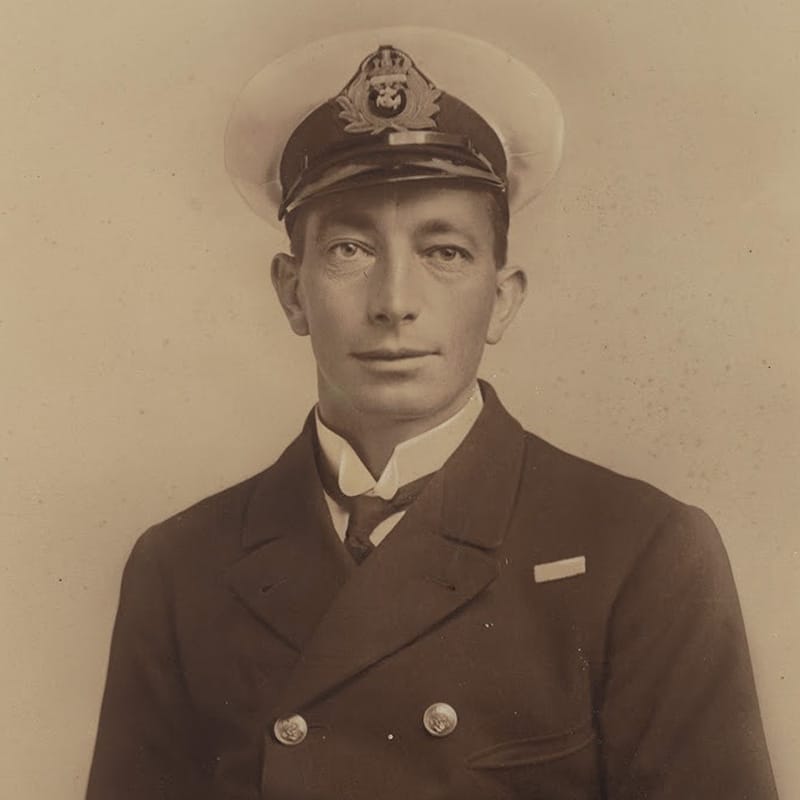
NameWilliam Sanders
Born1883, Auckland
RankLieutenant Commander
As soon as he was old enough, he started working on boats. When the First World War began, he travelled to England and joined the Royal Navy.
During the war, he was in command of a ship called HMS Prize. It was a warship in disguise! All the guns were hidden away from sight, so when Prize was faced with much bigger submarines, it could still fight strongly by taking the enemy by surprise.
It was dangerous and difficult work, to fight in an undercover warship. Prize came up against three German submarines. German submarines were called U-Boats. The third time, the enemy saw through the disguise. They sunk HMS Prize. William Sanders and all his men went down with the ship.
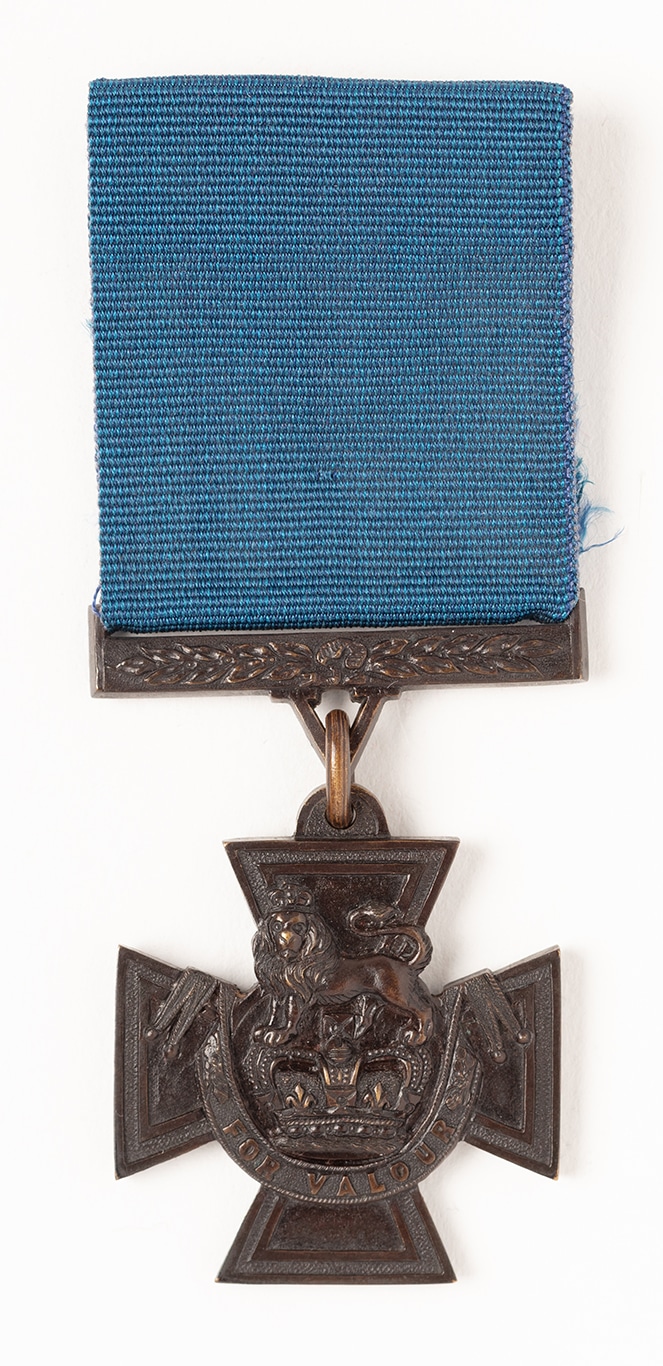
William Sanders was awarded the Victoria Cross, or VC, for his bravery in action against a German U-boat in April 1917. The VC is the highest military award for bravery under enemy fire in Britain, New Zealand and other Commonwealth countries. He is the only New Zealander to receive the VC while serving in the Navy. Collection of Auckland Museum Tamaki Paenga Hira, W0544, 1931.565
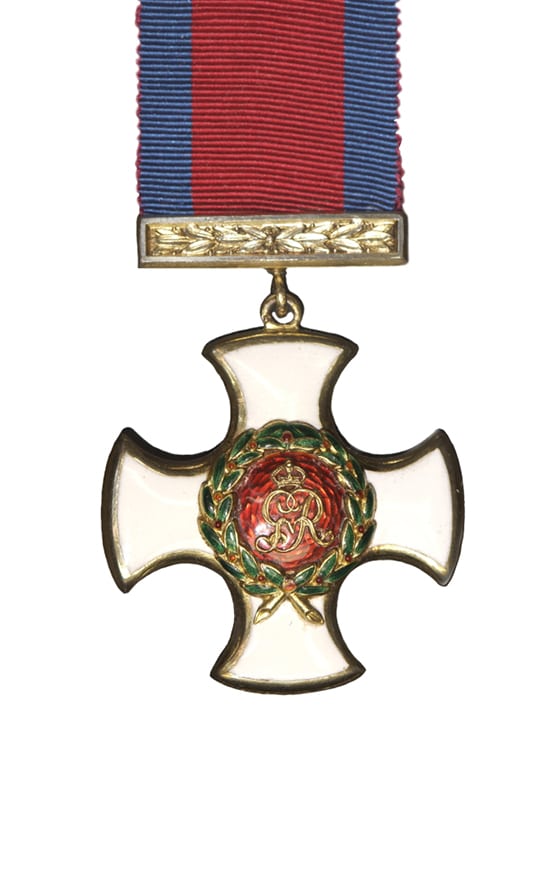
In William Sanders’ time, this medal was awarded to officers for gallantry when facing an enemy. In 1993, the rules changed and the DSO could be awarded to people of any rank. Since 1999, the DSO is no longer awarded in New Zealand. It has been replaced by New Zealand’s own system of gallantry awards. Collection of Auckland Museum Tamaki Paenga Hira, W0545, 1931.565
Sanders Portrait
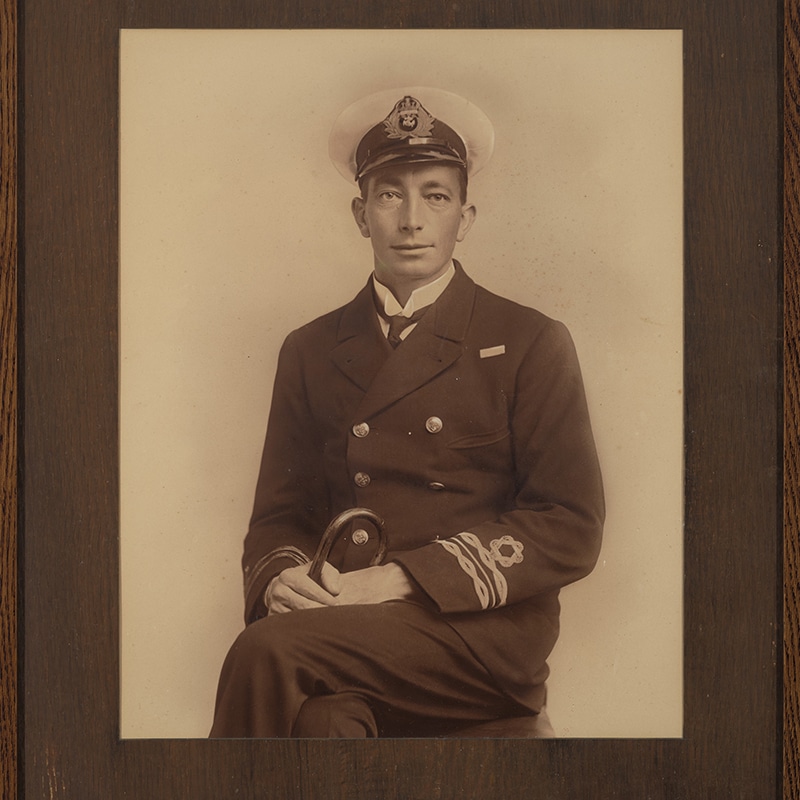

Official portrait of William Sanders VC, DSO, taken at Milford Haven Naval Base, Wales, Great Britain, where Sanders was based during the war. His left hand was injured during a battle on June 12th 1917, so in this photograph he is hiding it under his right hand.
National Museum of the Royal New Zealand Navy. Sanders Portrait 2012.81.1_01
Letter from the King
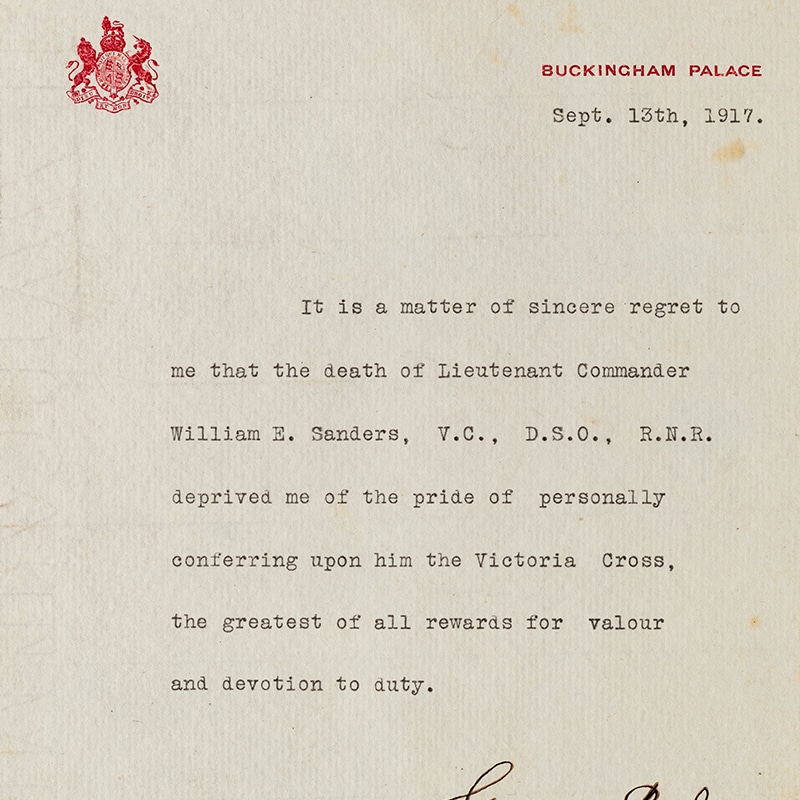
Sanders Memorial
A memorial stone was placed on Sanders Ave when it was renamed. Kathryn Nobbs Photography
A group of islands that used to be part of Papua New Guinea. It is now the Autonomous Region of Bougainville.
An award given to people in the military. This could be for bravery in a war, for long service or for being part of an operation.
A label given to Royal New Zealand Navy Ships. It stands for Her/His Majesty’s New Zealand Ship.
People in the Navy are graded according to the level of responsibility they have. These are called ranks.
A label given to Royal Navy ships. It stands for Her/His Majesty’s Ship.
A visual design, often in the shape of a shield, that represents a country, place or people.
To be awarded a medal means to be given or presented a medal.
Bravery shown by someone who is in danger, for example when they are fighting in a war.
A planned set of activities that people carry out over a period of time to achieve a military goal.
Submarines used by the Germans in both World War One and Two. The ‘u’ is for the German word unterseeboot which means “undersea boat”.
Service means to do something for other people or for a cause. In the military, service means to be an official member of the Navy, Army or Air Force.
To be a member of the Navy, Army, or Airforce.
To be a member of the Navy, Army, or Airforce.
People in the Navy are graded according to the level of responsibility they have. These are called ranks. A rating is the first rank. An officer is ranked above a rating.
The front of a medal.
A planned military activity.
People in the Navy are graded according to the level of responsibility they have. These are called ranks. A rating is the first rank. An officer is ranked above a rating.
Peacekeepers protect everyday people, prevent conflicts, help stop violence, and provide security. Military peacekeepers are from countries who are not involved in the war or conflict.
McMurdo Sound is a bay on the north side of Antarctica. It is home to McMurdo Station, the largest research station in Antarctica. The harbour is used by ships and airplanes to resupply.
A medal is usually a flat piece of metal. On one side is a picture of the King or Queen or New Zealand Coat of Arms. On the other side is a design specially chosen for the medal.
Medals are often on coloured ribbons. The ribbon colours have meanings.
A medal can be given for service, or for an event, or for bravery.
An artefact is an object or thing. Examples of artefacts are pieces of clothing, tools, or art. Artefacts can tell us things about a place or people.
The British Empire comprised the dominions, colonies, protectorates, mandates, and other territories ruled or administered by the United Kingdom and its predecessor states. It began with the overseas possessions and trading posts established by England in the late 16th and early 17th centuries. At its height in the 19th and early 20th century, it was the largest empire in history and, for a century, was the foremost global power.[1] By 1913, the British Empire held sway over 412 million people, 23 percent of the world population at the time,[2] and by 1920, it covered 35.5 million km2 (13.7 million sq mi),[3] 24 per cent of the Earth’s total land area. As a result, its constitutional, legal, linguistic, and cultural legacy is widespread. At the peak of its power, it was described as “the empire on which the sun never sets”, as the sun was always shining on at least one of its territories.[4]